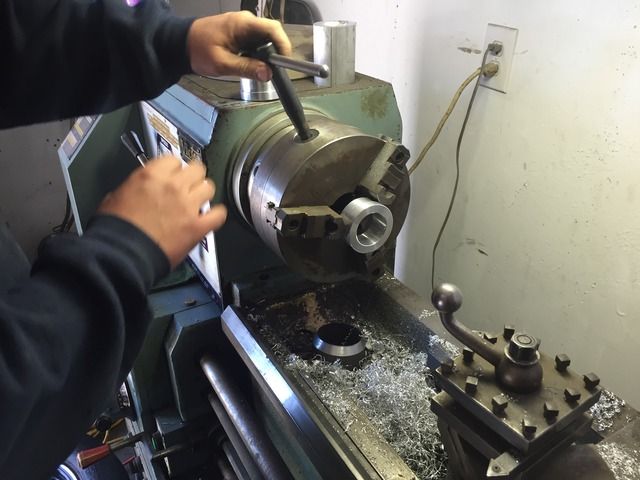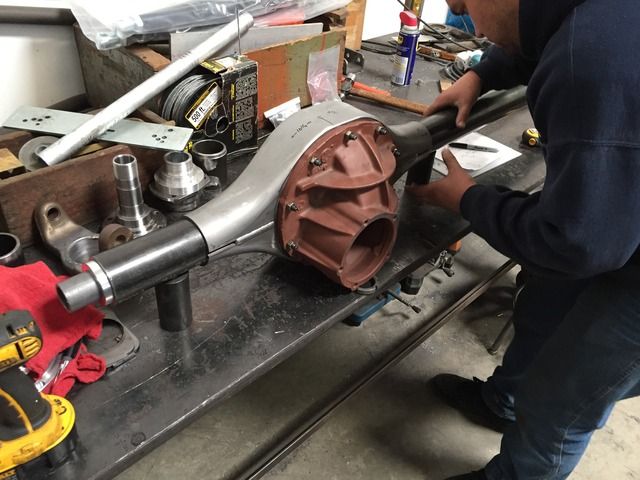24vboost
New member
- Joined
- Apr 28, 2015
- Messages
- 276
I'd say most guys are running a 28-32" tire on a 10-12" wheel. It seems like 30-14-16 mh is a common tire.
That's what I was thinking. Mickey Thompson has a 16X12 chrome wheel that looks pretty nice. Cheap too.
Edit: Backspacing on those might be an issue.
http://www.4wheelparts.com/Wheels/Classic-III-16X12-with-8-on-6-5-Bolt-Pattern-Polished.aspx?t_c=11&t_s=535&t_pt=101508&t_pn=M/T90000001779&utm_source=google&utm_medium=cpc&utm_campaign=shopping&emlprox=out&ppcfon=1&gp=1&gclid=Cj0KEQiAyIayBRDo4vjdqJrgxZ0BEiQAhOYCYCf4Q8zmWPwKJY3eJdeiPzj05np_XpeF8hh_r6p5fCgaAiPv8P8HAQ
Last edited:





